How to choose a climbing partner
Our guide to what to look for in a climbing partner helps you avoid the party animal, the cad, and the mooch for a more successful day at the crag
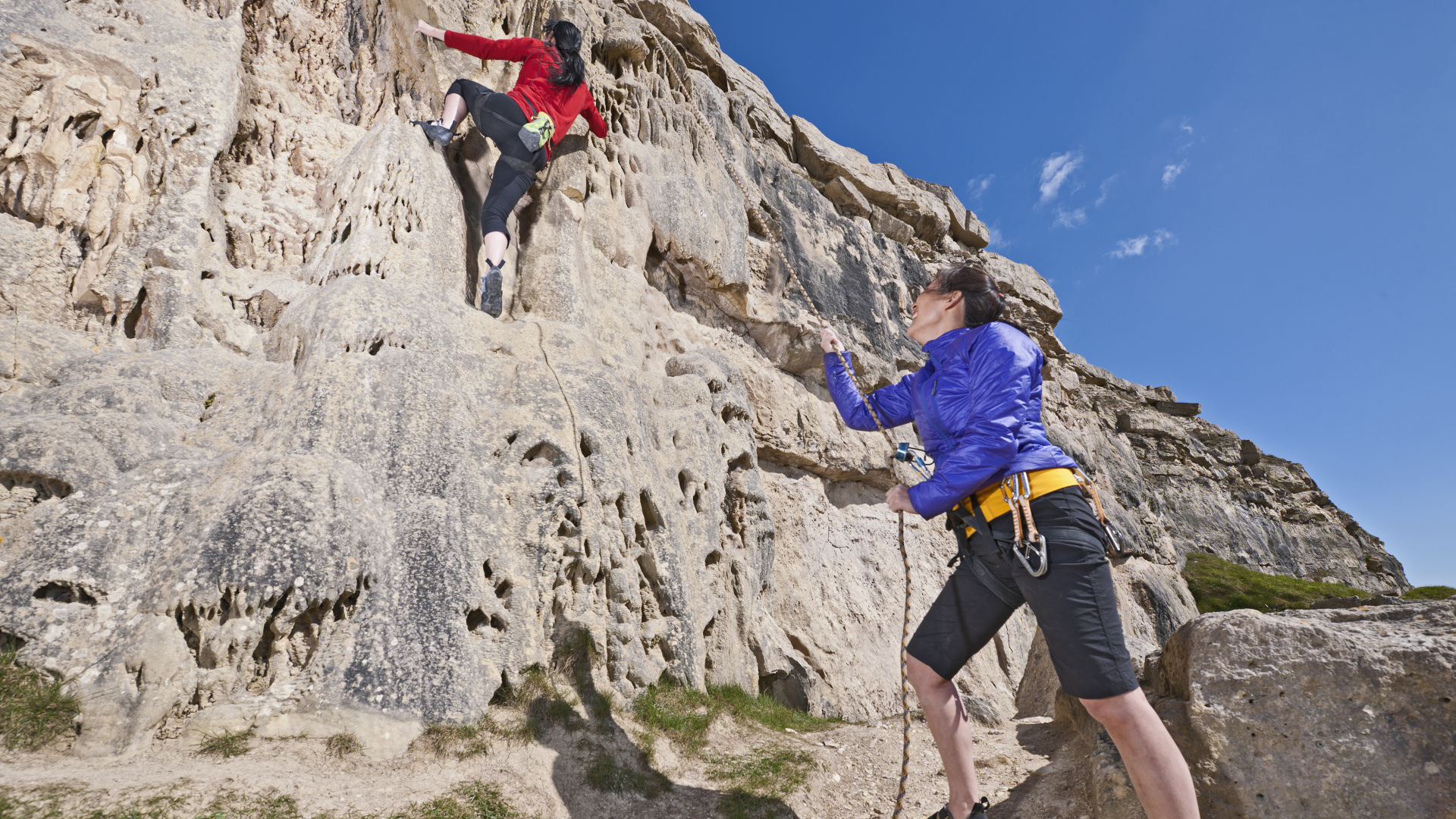
Unlike trail running and hiking, which you can do solo or with a buddy, rock climbing almost always requires you to have a partner. This is part of what makes climbing so great – it’s a really social sport. But those long days at the crag and the high volume of safety gear and expertise required for climbing also mean that you probably don’t want to go out with just anyone. If you’re not a little discerning, you could end up with a rad bro who’s, like, safety third at best. Or the dude who acted really impressed by your climbing moves but turned out to be a total cad and the feeling is not mutual? Or what if your climbing partner is a mooch who never brings any climbing chalk or snacks and is always begging you? Disaster!
We’re not here to say that there’s a perfect climbing partner, but there’s probably someone out there who’s well-suited for you and quite a few who will drive you nuts, whether they roll in two hours late with a hangover or think it’s appropriate to be checking Instagram while they’re on belay.
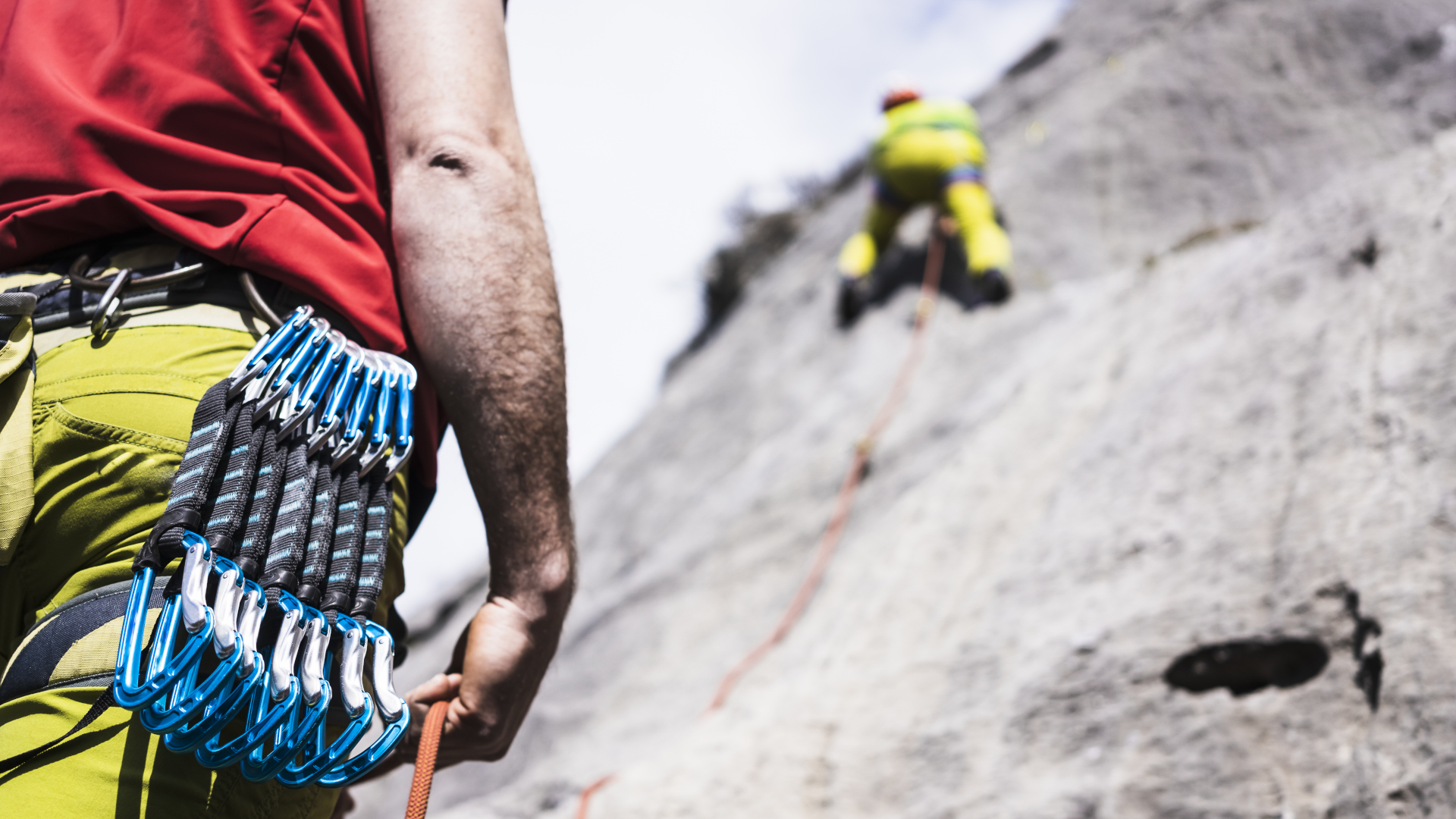
In this article, we give you our ideas for where to find a climbing partner plus what to look for in a climbing partner to make sure you end up with someone whose attitude and skills complement yours.
Where to find a climbing partner
Before we discuss what to look for in a climbing partner, you need to think about where you’re going to find one. The good news is that there are lots of people out there who, like you, love climbing and are always looking for someone to send it with.
The best place to find a climbing partner is in the climbing gym. This way, you can find someone whose experience matches what you need (more on that later) and test out how you get along on belay. Plus, a lot of gyms will have solo climbing nights and women-only nights, which are a great way to meet like minded people before committing to a multi-pitch climb together.
If you don’t live near a climbing gym or aren't having much luck at yours, social media can be a great place to find other climbers. Chances are if you search for climbing groups in your area, you’ll find at least one where invitations for carpools and climbing trips are pinging out daily. If you’re in the US and the thought of Facebook makes you frown, try Meetup.com or the Mountain Project’s forum for hopefully less creepy platforms to find climbers in your area.
A pricier option, but a good one, is to go out climbing with a guide. They’ll obviously make for a great partner, and may be able to introduce you to other clients that they think you’ll be well suited to climb with.
All the latest inspiration, tips and guides to help you plan your next Advnture!
Failing all of that, you definitely could just rock up to the crag and try to make friends with people already climbing there. They could be really cool about it, or not, so maybe bring some snacks or beers to sweeten the deal.
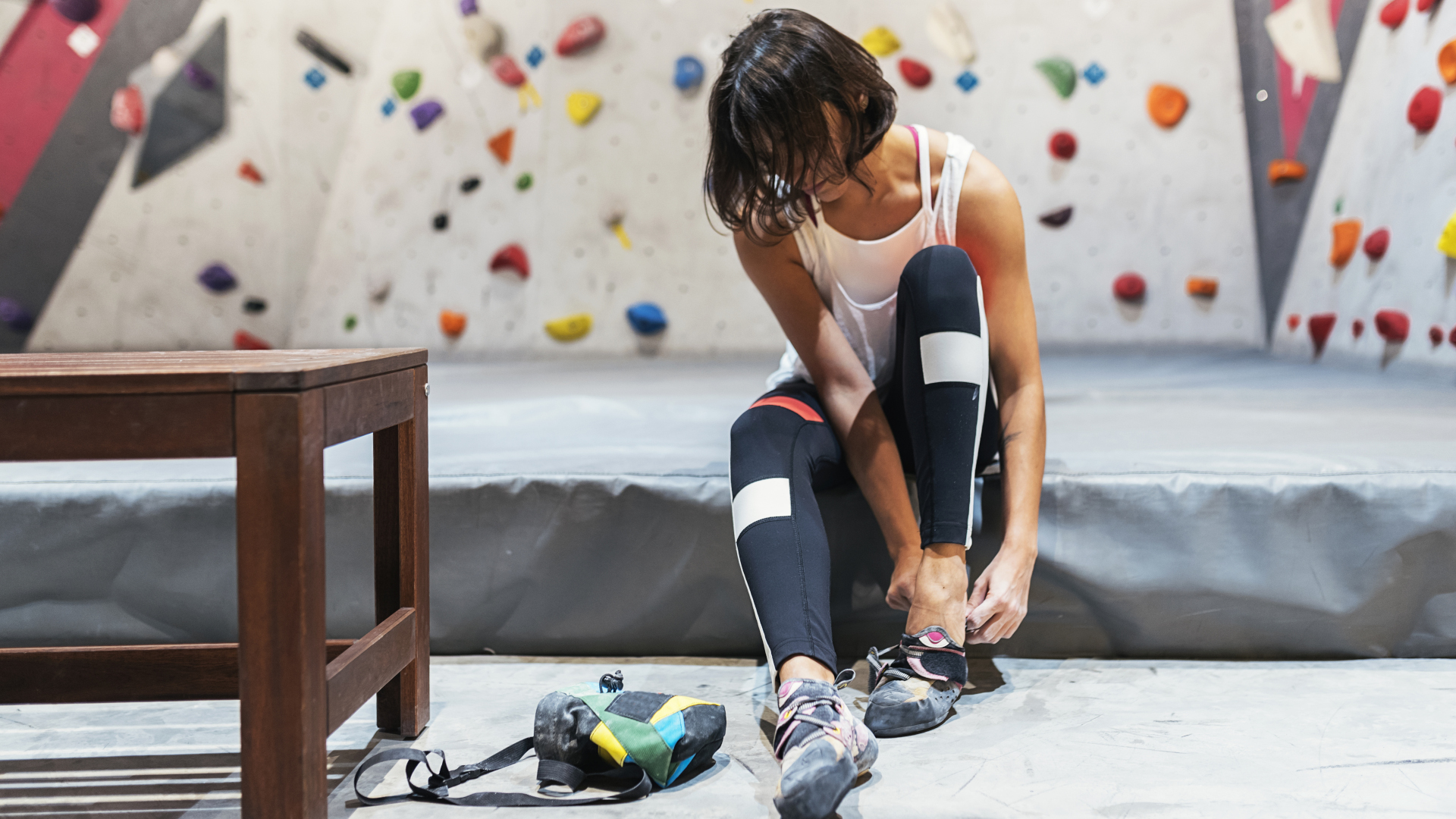
How to choose a climbing partner
So, who should you be looking for in a climbing partner? First off, let’s dispel one common myth that your climbing partner needs to be a similar weight to you. It’s easy to understand how this one got started. Let’s say you weigh 200lbs and your partner down on the ground is a 130lb lightweight – if you fall, can they really catch you? Or do you slam into the ground while they’re dangling 10 feet up in the air? Not exactly. Their belay device is what will break the majority of your fall (and if they’re not super strong, an auto locking belay device is all the better). With a huge weight differential, it is possible that they’ll leave the ground, but not until after they’ve broken your momentum, so you’re not exactly going to leave a dent. If you’re really worried about this, your partner could anchor themselves to a tree or a boulder for more security.
But what if you’re the lightweight on belay? Will it hurt to get yanked up by your falling heavyweight of a partner? It might be a little uncomfortable around your harness area, so definitely make sure your nuts and berries are all tucked away properly. Some climbers in this position also claim to jump up right at the last moment to lessen the jerk, but that takes some seriously good reaction time.
Anyway, all this is to say that if you find your dream climbing partner and they’ve got 70lbs on you, or vice versa, it’s not a dealbreaker. Moving on, here’s what to look for in a climber partner.
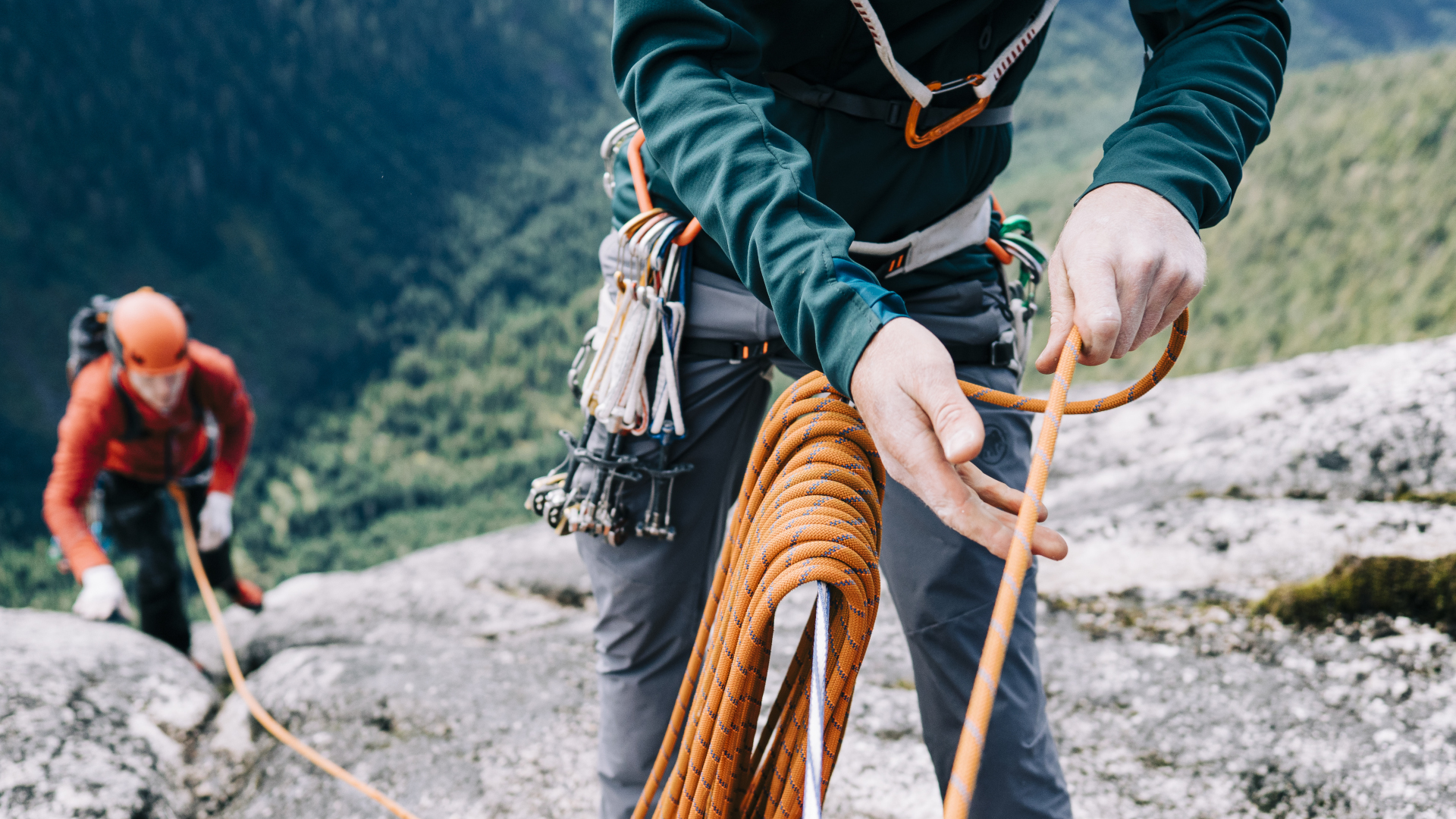
1. Safety
The main purpose of your climber partner is to help keep you safe, and vice versa. Obviously, your partner needs to understand how to tie a figure eight and how to belay, but they should also be scrupulous about checking your knots every time. You probably don’t want someone who shows up so hungover that they’re going to make bad decisions, and you definitely don’t want someone who thinks it’s ok to take bong hits between climbs.
A big part of safety of course is communication, so it’s key that you find someone who is conscientious about using climbing safety commands every time, and who isn’t going to let themselves get distracted by their phone or rock out to tunes right when you’re calling for them to take in some slack.
If you get to the wall and realize your climbing partner isn’t taking safety seriously at all, don’t be afraid to back out – your life might depend on it.

2. Experience and skill
The experience of your climbing partner is another important consideration. Unlike running with a partner, you certainly don’t have to be equals to have fun; in fact, if your partner is a bit more experienced than you, they might help you to get better at climbing. What’s more important is that you’re both honest about your experience and skill level, and that you pick routes that are appropriate for both of you.
If your partner is less experienced than you, the onus is on you to make sure they know what they’re doing and feel safe and comfortable. Don’t be a dick and use them as a belay factory while you send it all day long either. If there is quite a difference between your skill and experience, you can pick routes that won’t overwhelm the novice or bore the expert, or better yet, find a wall with a nice variety of routes on it and have a good time.
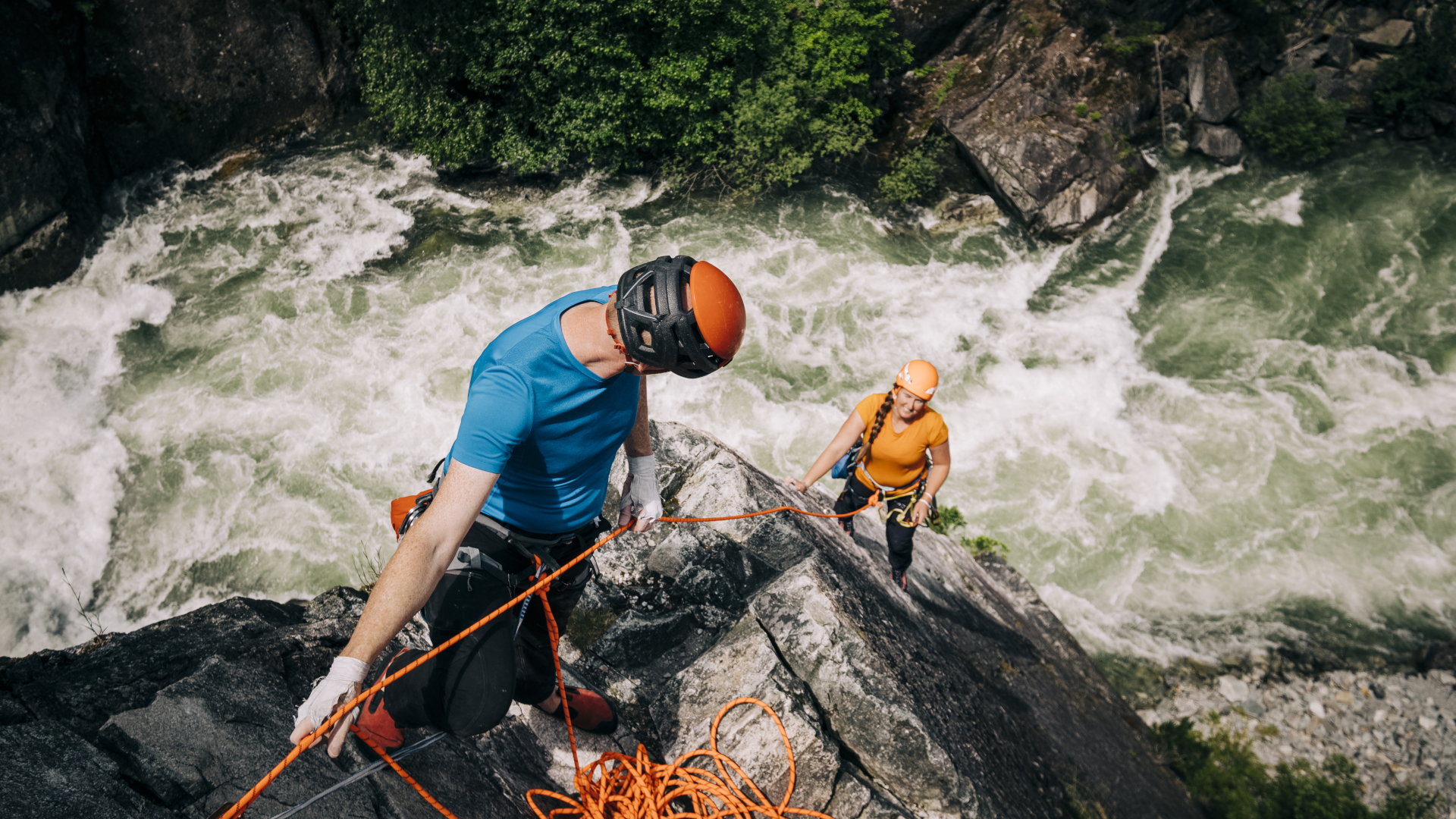
3. Attitude
We’re not saying there’s a right attitude for climbing, but you definitely want to find someone who shares similar values to you. If you’re a super serious climber, don’t pair up with a party animal, a flirt, or a social media influencer as you’ll just be annoyed by their lack of commitment to the actual send.
The best days of rock climbing often involve an early start, a rough hike, and lots of standing around, so you probably want to avoid climbers who are tardy, out of shape or complain constantly. Ultimately, you need to figure out what you can tolerate, but we recommend finding a partner who is positive and encouraging.
4. Company
We said it before – climbing is super social. It can definitely be awesome to learn from a really rad climber, but there’s a lot to be said for finding someone who you actually enjoy hanging out with too. You don’t have to be besties, by any means, but if you enjoy each other’s company then you’ll be more likely to carpool and save on gas, you’ll climb more often and have a better time.
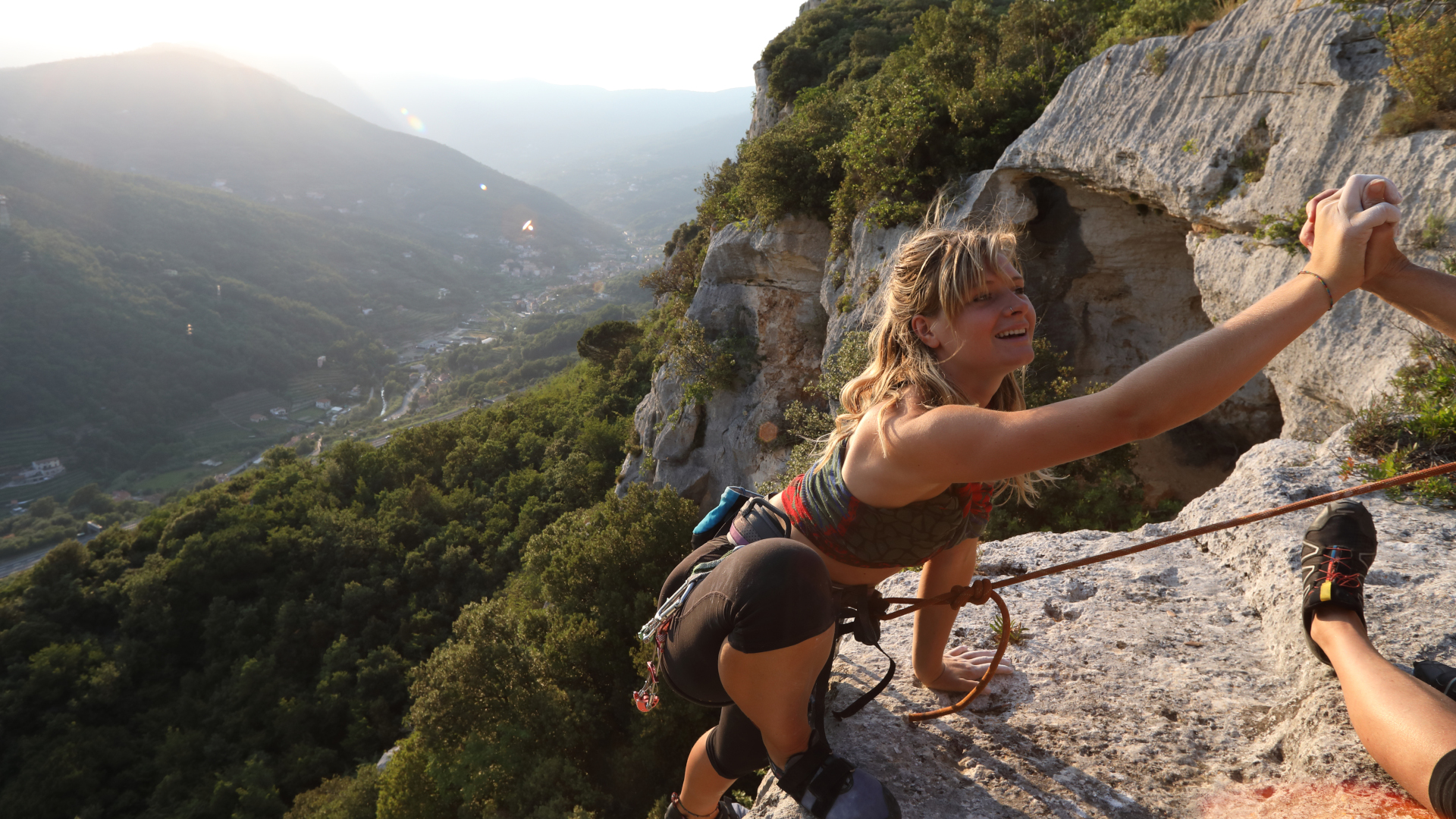
5. Gear
Climbing gear is expensive and unless you’re a trust funder, it takes a while to build out your rack. Obviously you need your own climbing shoes, harness, helmet and belay device, but beyond that you don’t usually need two of everything. Sharing gear is a great way to cut down on expenses, and if you do start doing multi-pitch climbs, you can pool your resources, so make sure your partner has the basics and is willing to slowly build their kit so your rope and rack aren’t getting worn down while they never contribute anything. On the flip side, be generous with your gear, especially when your partner forgets something.
So there you have it. Hopefully you now know what to look for when choosing a climbing partner, and remember – all of the above apply to you too. If you want people to want to climb with you, be responsible, communicate and be generous.
- Best women's climbing shoes: for indoor climbing and outdoor cragging
Julia Clarke is a staff writer for Advnture.com and the author of the book Restorative Yoga for Beginners. She loves to explore mountains on foot, bike, skis and belay and then recover on the the yoga mat. Julia graduated with a degree in journalism in 2004 and spent eight years working as a radio presenter in Kansas City, Vermont, Boston and New York City before discovering the joys of the Rocky Mountains. She then detoured west to Colorado and enjoyed 11 years teaching yoga in Vail before returning to her hometown of Glasgow, Scotland in 2020 to focus on family and writing.

